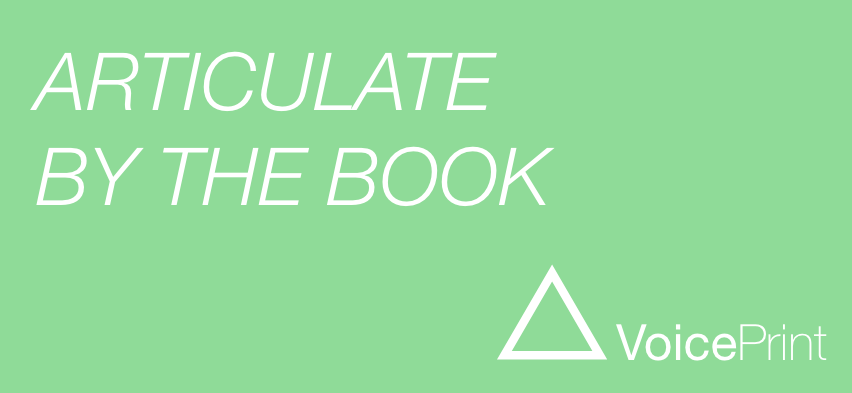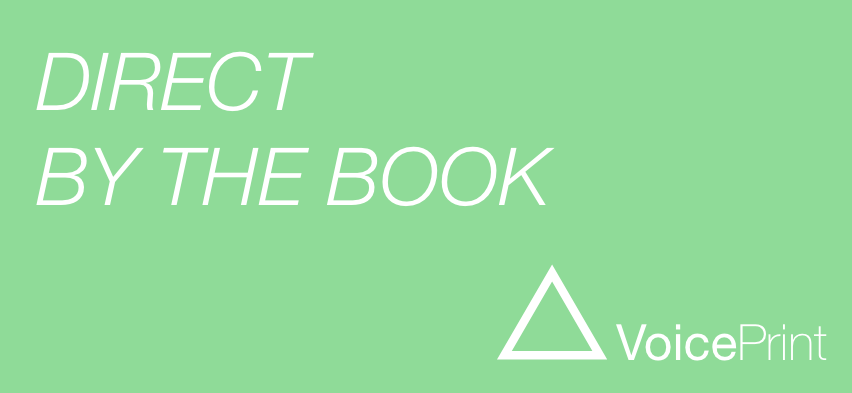
This blog comes from guest contributor, Master executive coach and accredited VoicePrint practitioner Helen Mundy of Wide Awake Leadership.
So frequently, as an Executive coach, my clients present scenarios where they have tied themselves up in knots around a particular working relationship. The relationship is taking a disproportionate percentage of their energy to deal with and has become a drama that feeds their negative emotions, keeping them stuck in a vicious cycle of judgement and reaction.
These situations often arise through us not understanding each other’s styles of thinking and acting, and consequently creating assumptions about the meaning of the communication from our own maps. We know as coaches that ‘The meaning of communication is the response you get’. It is in ‘difference’ in the ways we communicate and interpret others’ communication, therefore, that friction most frequently arises.
Perceptual Positions
As a coach with foundations in NLP, I often help these clients to unpick their scenario by asking questions that enable them to access multiple perceptions of the situation. I use a model from NLP called Perceptual Positions, either implicitly or explicitly, to aid their thinking. The technique invites them to adopt three perspectives:
The first position
Firstly, it encourages the client to get really clear about where they are at, what outcome they want from the situation and to be aware of their feelings and how these are driving them to act.
Frequently, the individual is in reactive mode, so this slows them down, helps them to access their real feelings and reflect on their reactions and outcomes. This reflection about their own thinking and behaviour can bring real insight into the relationship – understanding their part in the creation of the drama.
The second position
Secondly, it then asks of them to step into the shoes of their ‘foe’! To uncover what they truly understand about the other’s actions and reactions, what that person wants from the situation and how they are feeling.
Here, typically, we are making assumptions about what the other thinks and feels, rather than actually knowing. So, we react to those assumptions and act from the feelings they create in us. Realising that you don’t actually know what the other is thinking/feeling creates an opportunity – to find out. Either from the person or others who know them well. It can create compassion for the ‘other’ which in turn calms us down and enables us to think more clearly.
The third position
Lastly, it asks the coachee to ‘take a step back’. Be a ‘fly on the wall’. Take a ‘Helicopter’ view of the relationship in action. Look at themselves in relationship rather than be immersed in the thick of it. To report on the facts – behaviours, outcomes, what appears to be working for each of the protagonists and what isn’t.
This 3rd position is neutral and takes the client out of their emotions around the scenario. This allows them to access good critical thinking based more on facts and less on feeling. Reporting on and evaluating themselves in relationship brings valuable data to the drama and they can then give themselves some advice on how to tweak their own behaviour to get a different outcome.
Break the cycle
Relying on one of these perspectives alone may drive us to act in repeated ways which simply keep the vicious circle going. Developing our natural capability to take all three positions can lead us to better choices of behaviour, more balanced decisions and effectively communicated messages that land in the way we want them to.
Perceptual Positions
How to understand from three perspectives to gain insight and influence
Person 1:
What’s important to me?
How do I feel about this?
What’s my outcome?
Person 2:
What’s important to me?
How do I feel about this?
What’s my outcome?
Person 3:
What I notice is…
The behaviours I see are…
These are helping them towards their outcomes by…
Or hindering them by…
VoicePrint and the Perceptual Positions
Since being introduced to VoicePrint three years ago, I have enjoyed its distinct perspective on communication through talk. And I could instantly see how VoicePrint’s nine voices map onto Perceptual positions and give us a practical ‘how to’ for taking these different perspectives in 1:1 and 1: many relationships.
The key voices that come into play in each position are:
- 1st position – Advocate, Advise, Direct, Challenge
- 2nd position – Inquire, Diagnose, Probe and the play-back bit of Articulate
- 3rd position – Articulate and Evaluate
Really good, ‘clean’ 1st position involves us being clear about:
– The boundaries around the situation – using the Direct voice
- Organisational boundaries – such as Strategic direction, values, legal matter, financial, policies etc.
- Personal boundaries – how much energy you can put into this, your priorities and needs, your seniority and responsibility.
– Our position and what we have to offer from it – using Advocate and Advise voices
- What matters to us, what we know or don’t, our values and how they might be affected, our expertise and experience, how we feel about the situation and importantly, what we want the outcome to be.
– Our intent to get the best from the situation vs. the boundaries – using the Challenge voice
- What are our must-haves, where there is flex to negotiate, to have intent to improve the situation – to be honest about what does/doesn’t work for us vs our boundaries.
Really good, ‘clean’ 2nd position involves:
– Listening and hearing what is going on for the other – using the Inquire voice
- Asking open questions about what is most important to the person in this situation, what is going on for them, what history is informing them, what their experience is, they want the outcome to be. And listening, really listening to what is true for them.
– Getting underneath this so as not to make assumptions – using the Probe voice
- Go a bit deeper with your questions. Don’t take language for granted. What ‘support’ means to each of us might be different. Ask ‘So what does ‘that’ look like for you?’ ‘How would you know you had ‘support?’
– Building a map of their approach to this situation – using the Diagnose voice
- When you have a working hypothesis about what might be going on, asking questions to explore that. When you say ‘that’, how does that cause ‘this’? What does ‘this’ feel like to you? We seem to create a conflict in this – where do you think we clash? What could I do differently to help? And you?
– Showing that you’ve heard – using the Articulate voice
- Playing back what you’ve heard them say – to demonstrate you’ve listened and check for your deep understanding of what they have said.
And finally, 3rd position:
– Playing back what you have seen and heard – using the Articulate voice
- What the facts are of the interaction, what they said, what you said, reporting rather than judging. ‘This is the boundary and in doing this and this we step over it.’ ‘I experience your communication like this, and yet you are intending it to be this…’
– Looking at what is moving the two of you closer to or further away from outcomes – using the Evaluate voice
- What seem to be the differences and similarities between you, what’s working well toward your outcomes and what isn’t, using facts and observed behaviours to make that judgement.
Making great use of our natural capabilities
Splitting communication down like this can look complicated – in fact, it’s a dance we’re all capable of doing in our heads when we’re not emotionally grabbed! We’re capable of weighing up our own and others’ needs and looking at how to create a win-win.
And, most of us have a preference for where we already spend our time and energy – be it on our own view, the other’s needs or distanced from the scenario – so generally, we just need to pay attention to the two other positions to help ourselves out.
The key here, as in any resolution of difficult emotional situations, is to find what can resource you, so that you can do your best thinking. Having a play and experimenting with the different voices to get to different perspectives can really help.
Have fun coaching yourself through these – and then see what getting perspective can give you!
Helen Mundy
Master Executive Coach
Ready for a conversation?


